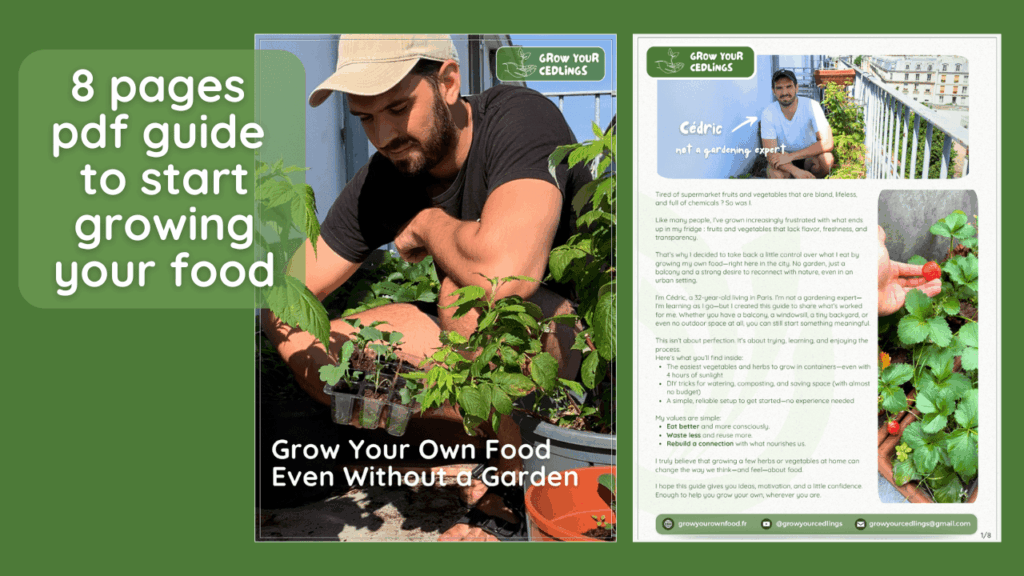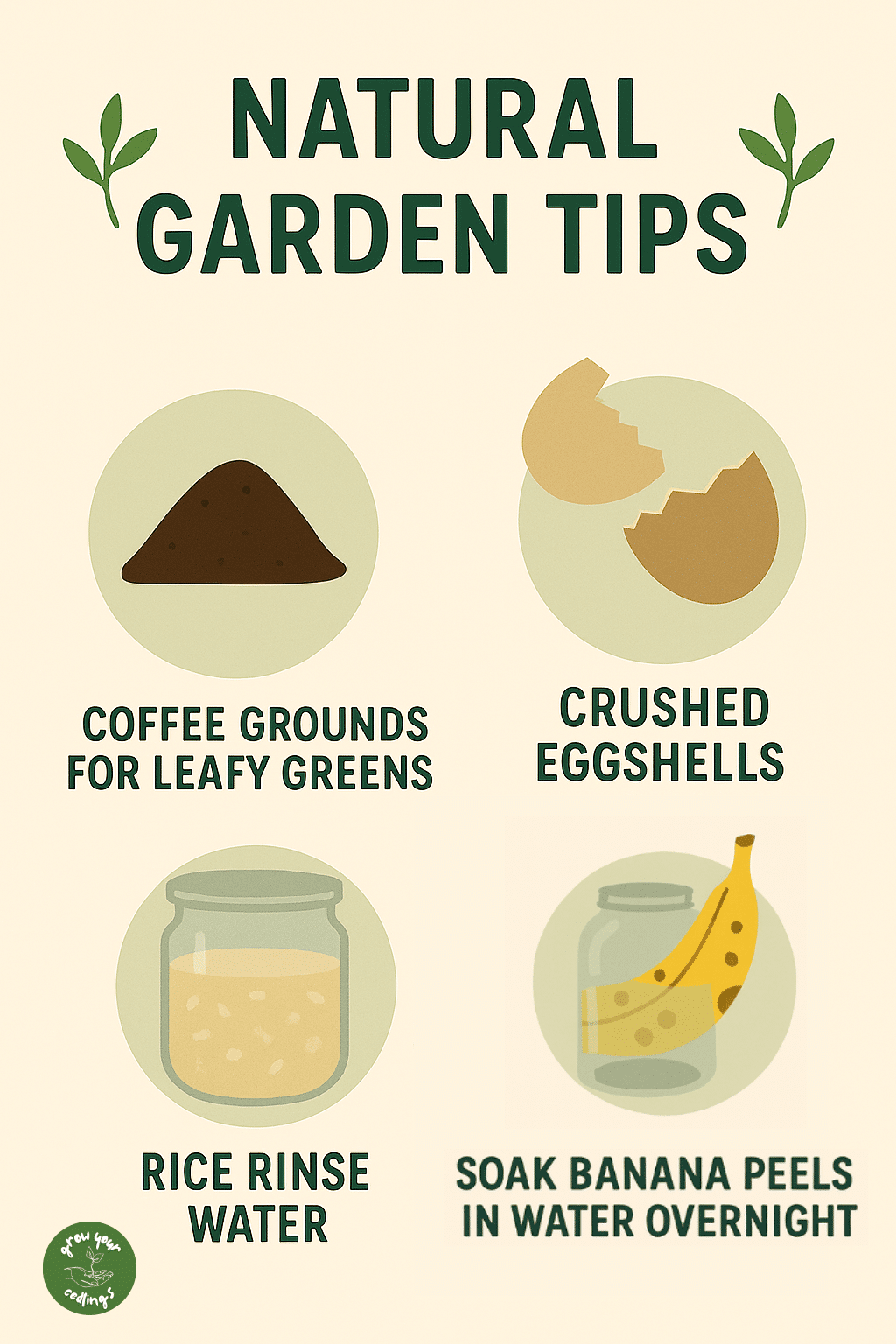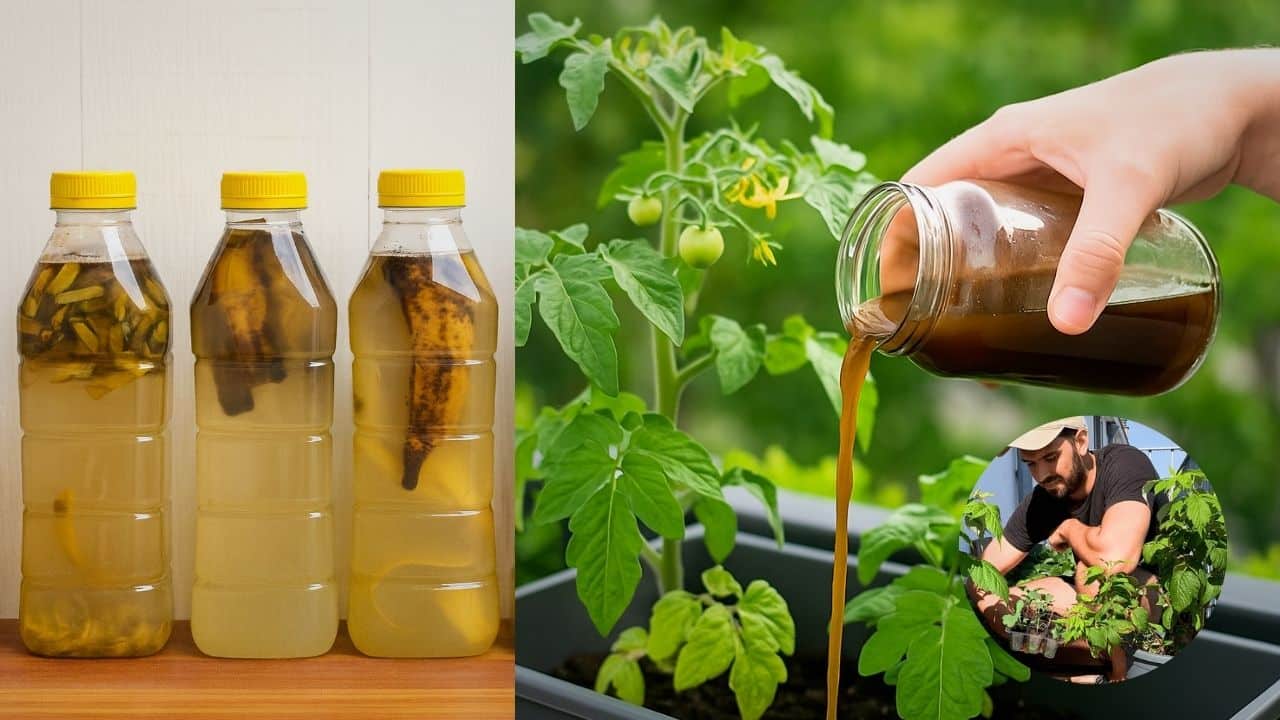Growing your own vegetables is one of the most rewarding things you can do. Not only do you get fresh, flavorful produce, but you also control how it’s grown. And if you want your crops to thrive, feeding them the right fertilizer is essential.
But here’s the challenge: vegetables are heavy feeders. They use up nutrients quickly, especially when grown in pots or small garden beds. That’s why choosing the best organic fertilizer for veggies is key if you want to grow plants and veggies on your balcony garden.
In this guide, you’ll learn:
- Why organic fertilizer is the smartest choice.
- The top organic fertilizers you can buy.
- Easy DIY fertilizer options you can make at home.
- How and when to fertilize your vegetable plants.
Let’s dig in ! 🌱
Want to grow fresh food even without a garden? Get my PDF guide and discover how to grow delicious vegetables and herbs in any small space.

Why Choose Organic Fertilizer for Vegetables?
Before we dive into the top options, let’s answer the big question: why go organic?
- Healthier soil: Organic fertilizers feed not only your plants but also the soil itself, boosting microbial life and improving structure.
- No harmful chemicals: Unlike synthetics, organic fertilizers don’t introduce harsh substances into your garden or groundwater.
- Better flavor: Many gardeners swear that veggies grown with organic fertilizers taste richer and fresher.
- Biodiversity friendly: Organic options support pollinators, beneficial insects, and the overall ecosystem.
In short, organic fertilizers nourish your plants in a way that’s sustainable, safe, and better for the planet.
The Best Organic Fertilizers You Can Buy
Here are some of the most effective store-bought organic fertilizers for vegetable gardens.
1. Compost – “Black Gold” of the Garden
Why it’s great: Compost is the foundation of organic gardening. It improves soil structure, increases water retention, and feeds beneficial microorganisms.
How to use it: Mix it into the soil before planting and spread a layer on top as mulch throughout the season.
2. Composted Manure
Why it’s great: Rich in nitrogen, composted manure is excellent for leafy growth in vegetables like lettuce, spinach, and kale.
Pro tip: Always use manure that’s well-decomposed to avoid burning plant roots.
3. Bat Guano
Why it’s great: This natural fertilizer is highly concentrated in nutrients, especially phosphorus, making it perfect for root and flower development.
How to use it: Apply sparingly—too much can overwhelm your plants.
4. Fish Emulsion
Why it’s great: A liquid fertilizer that delivers a quick boost of nitrogen, ideal for leafy greens and young plants.
How to use it: Dilute according to instructions and apply every 1–2 weeks during active growth.
5. Seaweed Extract
Why it’s great: Seaweed is packed with trace minerals and growth hormones that stimulate plant health and resilience.
How to use it: Use it as a foliar spray or soil drench to strengthen your veggies.
DIY Organic Fertilizers for Vegetables
Prefer a budget-friendly, eco-conscious approach? Here are some easy homemade fertilizers you can make with everyday items.
Nettle Tea (Stinging Nettle Fertilizer)
How to make it: Soak fresh nettle leaves in water for 1–2 weeks until fermented.
Why it works: Rich in nitrogen, it boosts leafy growth and doubles as a natural pest repellent.
Coffee Grounds
How to use: Dry and sprinkle them on soil or mix into compost.
Why it works: They’re high in nitrogen and especially good for leafy crops.
Wood Ash
How to use: Lightly sprinkle around the base of fruiting plants like tomatoes and squash.
Why it works: Wood ash is rich in potassium, which supports flowers and fruit development.
⚠️ Caution: Don’t use it on acid-loving plants like blueberries.
Banana Peels
How to use: Chop and bury peels in the soil or make “banana tea” by soaking them in water.
Why it works: Packed with potassium and phosphorus, perfect for tomatoes, peppers, and cucumbers.
Eggshells
How to use: Rinse, crush, and mix into soil.
Why it works: They add calcium, preventing blossom end rot in tomatoes and peppers.

How and When to Fertilize Vegetables
Even the best organic fertilizer won’t work unless you use it properly. Here’s what to know:
The Big Three: NPK
- N (Nitrogen): Fuels leafy growth. Essential for lettuce, spinach, herbs.
- P (Phosphorus): Strengthens roots and flowers. Important for carrots, radishes, beans.
- K (Potassium): Improves fruiting and overall plant health. Perfect for tomatoes, peppers, cucumbers.
Fertilizing Schedule
- At planting: Mix a slow-release organic fertilizer into the soil.
- During growth: Apply liquid fertilizer (like compost tea or fish emulsion) every 1–2 weeks.
- Mid-season boost: Side-dress with compost or organic pellets to keep nutrients flowing.
⚠️ Don’t overdo it. Even organic fertilizers can harm plants if applied in excess.
The secret to a productive vegetable garden isn’t just feeding your plants—it’s about feeding your soil.
Whether you choose ready-made options like compost, fish emulsion, or seaweed extract, or DIY solutions like banana peels and nettle tea, organic fertilizers will help your veggies grow strong, healthy, and delicious.
So go ahead—pick the method that works best for you, stay consistent, and watch your garden flourish naturally. 🌿
✨ Pro tip for local angle: Encourage readers to check community composting centers, eco-hubs, or recycling initiatives in their own city—many offer free or low-cost compost.

